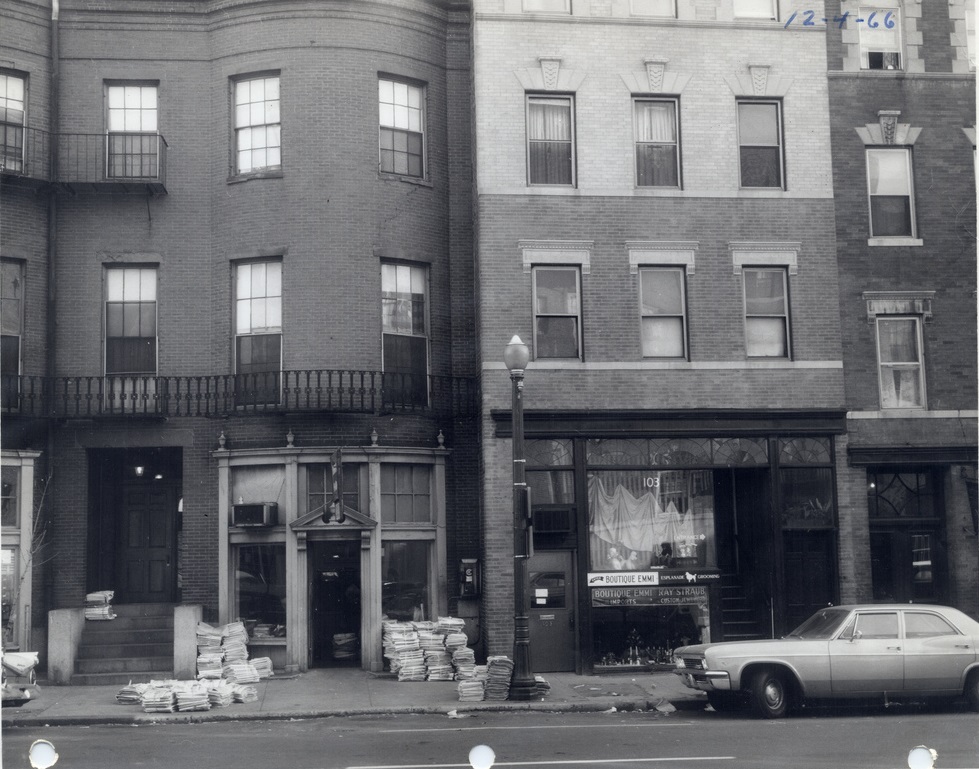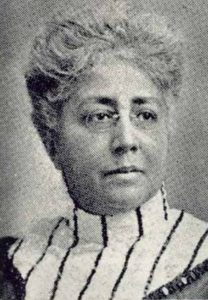
Josephine St. Pierre Ruffin

Boston, MA 02114 United States
Josephine St. Pierre Ruffin (1842 – 1924) was born and raised in Boston, and published Woman’s Era Magazine (est. 1894), the first woman’s rights magazine published, written, and distributed by African American women in the United States. The youngest of six children, her father, John St. Pierre, was a leader in Beacon Hill’s ante-bellum African-American community. Despite her family’s relative stability, Ruffin attended public school in Salem, Massachusetts because Boston’s schools remained segregated until 1855. In 1858, after appearing as an abolitionist orator in New York City, she married George Lewis Ruffin, a local barber and future Judge of the Charlestown District Court who graduated from Harvard Law School in 1869. The couple lived, briefly, in Liverpool, then returned to Boston, where George Ruffin entered Harvard while Josephine raised the couple’s five children.
Josephine Ruffin was a committed activist, who participated in woman’s rights and African American civil rights throughout her life. A colleague of both Lucy Stanton and Julia Ward Howe, she helped organize the Massachusetts School Suffrage Association, which fought for women’s voting rights in school board elections. She founded the Boston Kansas Relief Association in 1879 to provide financial support for black southerners fleeing violence and economic deprivation. Her most significant contribution, however, was Woman’s Era, a local African-American woman’s club that promoted racial uplift, anti-lynching, and civil rights. The club, founded in her home on Cambridge Street, eventually published a national magazine which became the official organ of the National Association of Colored Women in 1896. The NACW hosted the National Federation of Afro-American Women at the Charles Street AME Church in 1896, which launched the oldest and most influential black woman’s club in the country. Woman’s Era, however, remained Ruffin’s main vehicle for civil rights. It published the earliest works by anti-lynching activist Ida B. Wells Barnett, protested against segregation in the Woman’s Christian Temperance Union, and helped raise money for hundreds of southern women and girls who migrated to the urban north in the decades after Reconstruction. Although Woman’s Eracontinued to appear, sporadically, through the early 1900s, the magazine’s most significant years were 1894 through 1896, when it challenged racism and sexism in the National Woman’s Press Association, and supported black women’s club work across the country.

Eds. Mia Bay et al. Toward An Intellectual History of African American Women (University of North Carolina Press, 2015)
Paula J. Giddings Ida: A Sword Among Lions: Ida B. Wells and the Campaign Against Lynching (Harper Paperbacks 2009)
Martha S. Jones All Bound Up Together: The Woman Question in African-American Public Culture (University of North Carolina Press, 2007)
Upcoming Events
- There were no results found.
Events List Navigation
Events List Navigation
Did You Know?
Certain books were “banned in Boston” at least as far back as 1651, when one William Pynchon wrote a book criticizing Puritanism.